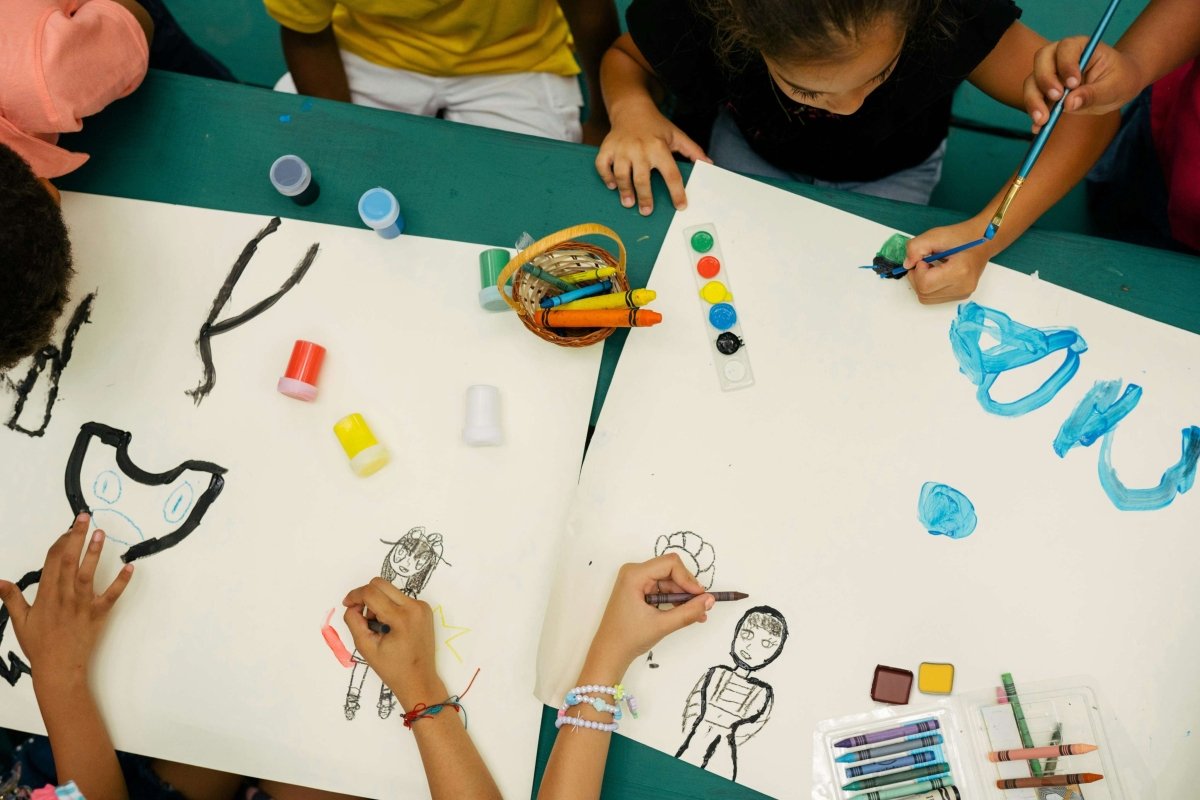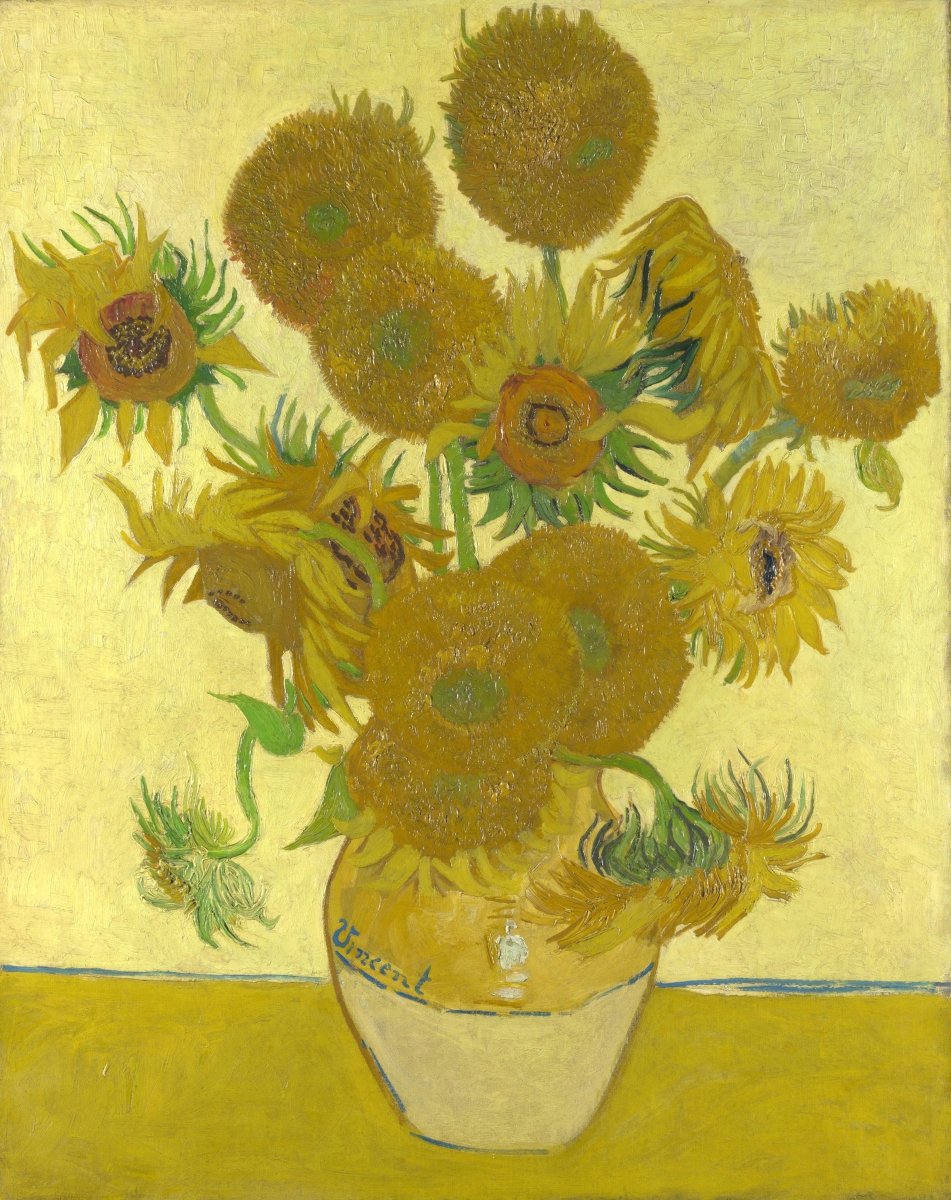What Should I Paint? 9 Unique Ideas to Get You Started

Many people new to painting will eventually ask, “What should I paint?” This seemingly simple question is not one to give an easy answer to.
The question is also not endemic to painting since writers are just as likely to ask what they should write about. The answer is just as complicated.
Now, while the answer is something that only you can give, here are a few ideas to help you understand your options and directions that you should head in. Also, behind every idea, there’s a potential lesson that you should focus on.
1. Abstract Geometric Shapes
First, it’s worth mentioning that abstract geometric shapes allow for so much creativity. You cannot really go wrong, and you have the freedom to explore various colors and forms.
This is exactly what creatively blocks a lot of people. They focus too much on the big picture and completely forget actually to follow the journey. It’s also why creative custom paint by number for adults are so popular among beginners: you don’t have to overthink the idea itself; you can just paint.
This will teach the most important things: the use of negative space, composition, and color theory. Moreover, it will teach them organically instead of focusing too much on the theory.
2. Nature-Inspired Mandalas

When looking for things to paint, mandalas are ideal for anyone with OCD. Why? Well, painting these can have a calming effect because they’re perfectly symmetrical, and for someone obsessed with balance and symmetry.
Nature-inspired mandalas will be simple to follow and replicate for beginners, which achieves a similar effect to what we’ve described in the previous segment. While symmetry may seem intimidating (since going wrong on each segment might ruin the entire painting), in reality, the repetitiveness makes your job so easy.
This will help improve your focus and attention to detail. Like with other ideas on the list, this will help you achieve the goal in question without you even noticing.
3. Whimsical Animal Portraits
When you ask yourself the question: “What should I paint,” the best answer is always something that you’re passionate about. Think about the outcome for a second and the type of painting that you would be proud to display in your home. Think about the pride of pointing to a piece of wall art and saying, “I made that.”
Well, whimsical animal portraits are fun and engaging. The whimsical style widens your margin of error and allows you to play around and experiment. It’s not about the accuracy; it’s about capturing the main idea of the portrait.
This is one of the best ways to enhance your creativity, boost your character design skills, and allow you to depict personality in your art.
4. Simple Still Life with Everyday Objects

While you can paint anything when not in motion, picking an inanimate object that’s still by nature saves you from the pressure of having to make this a choice. A still life teaches artists to observe and capture the beauty in everyday objects.
One important lesson in painting still life is the significance of patience. No one is posing for you; you have all the time in the world in order to get every detail right.
You don’t even have to make a whole object. There are a lot of cute painting ideas that capture just one part of the object instead of the object in its entirety.
5. Skyline Silhouettes at Sunset
Silhouettes are incredibly beginner-friendly, seeing as how they can allow you to focus on broad strokes instead of fine-painting all the details. They allow you to master color gradients, blend various techniques and compositions, and even explore a bit without putting the outcome at too much risk.
These paintings can be monochrome (or almost monochrome), with grey, white, and a few yellow, orange, and red hues (to represent the sunset). This way, you also get a chance to paint a contrast (between the cold concrete of the skyline and the warm sunset).
Overall, there’s so much juxtaposition here for you to study and explore.
6. Colorful Botanical Patterns

A person who asks, “What should I paint?” seldom clarifies this question. They usually focus on what’s easy to paint or what kind of painting they’d like to hang. One aspect they often (sadly) overlook is the question of what they would love to paint.
The painting process of colorful botanical patterns can be so calming and cheerful that it’s almost therapeutic. It will make the painting process more enjoyable. Since it doesn’t require precise realism, it’s pressure-free. You have the freedom to go with purple, blue, or any other hue that has ever crossed your mind.
The most important thing this will do for your painting skills as a whole is enhance your understanding of organic shapes, color harmony, and repetitive pattern designs
7. Minimalist Landscape Scenes
Chances are that before you even started painting, you imagined yourself somewhere out in the field with an easel, painting landscapes. The best thing about painting landscapes is that they look so great regardless of how detailed you decide to go.
A minimalist landscape can be just as beautiful as a detailed one. For a beginner who looks for some quick motivation (a reason not to quit), creating something so beautiful and iconic might be just the type of push they need.
The lesson you get from this is a higher emphasis on composition and balance. Also, you get a chance to use negative space as a more active element in your painting.
8. Inspirational Quote with Watercolor Background
Caligraphy is the art of creating unique and beautiful fonts, but it’s also one of the cute, easy painting ideas, especially if you focus really hard on the background.
You end up with a great, framable piece of work. After all, an inspirational quote is supposed to inspire you, and what can you do better than your own words written by your own hand? It’s far more personal than printing. Also, the fact that you’ve spent so much time creating this image means that you’re putting more effort (and thought into it).
Due to the nature of the background, you’ll get an improvement in skills in watercolor techniques, as well as typography. A useful skill to have.
9. Impressionist Flowers in a Vase

It really doesn’t get more basic than this. Most people start flower painting this way. In fact, we wouldn’t be surprised to learn that even some of the greatest painters in the history of art picked this as one of their earliest painting ideas.
Impressionism allows you to be even more vibrant and expressive. This way, you can focus on capturing the essence instead of obsessing over details.
The big lesson (and message) here is your focus on capturing the mood and atmosphere of a scene instead of thinking too much about the technical issues. After all, this is what painting is all about.
The answer to what you should paint is something only you can give
No, this is not a work or school task where someone will give you a paining assignment. The question “what should I paint?” is something that you have to ask yourself. Going through our list should give you a better idea, but it won’t provide a definitive answer. Only you can get there.


